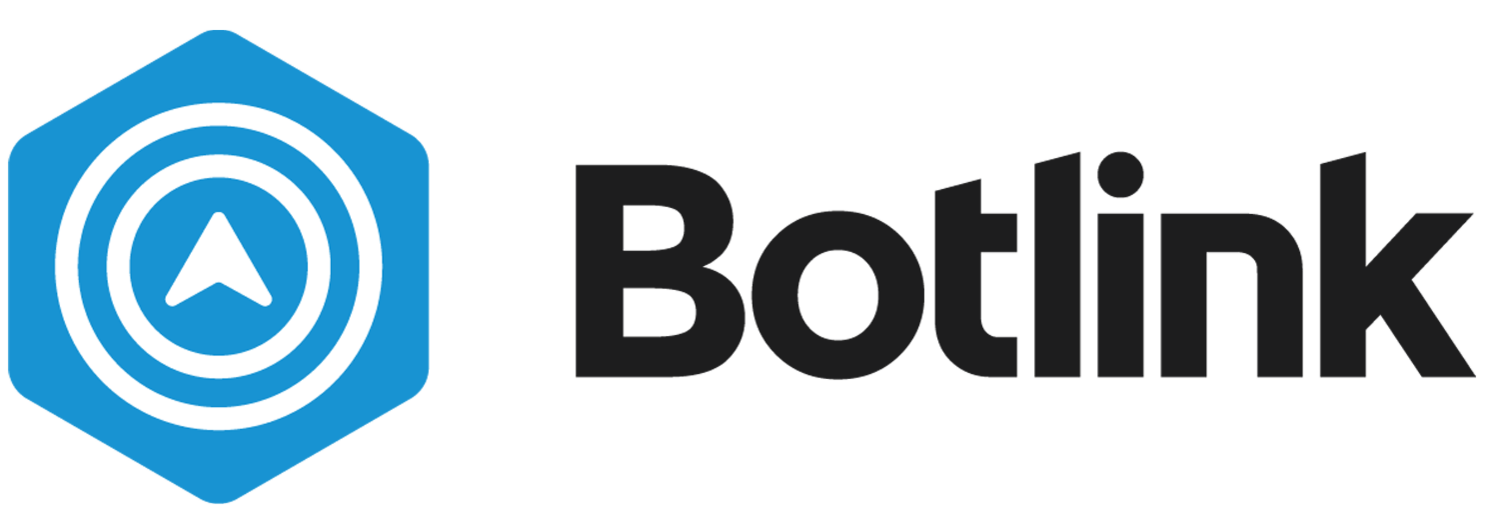FAQs About Using the Botlink XRD for 4G/LTE Drone Communications
Thinking about implementing LTE communication into your drone fleet, but unsure of whether it’s the right communication technology for your mission? Well, we talk to customers from around the world every day, addressing the technical side of LTE drone communication, including the benefits as well as concerns. So, we figured it was time to write down some of the most common questions asked.
Will the XRD work on our cellular network?
First things first, we’ll need to nail down the providers in your geographic area, determine the frequency bands available (www.frequencycheck.com is a go-to reference site), and then find the compatible modem that integrates with the XRD. We don’t have compatibility everywhere, but we’re solid in the Americas, Europe, and Australia, and we have decent coverage in Africa and Southeast Asia. We’re always developing the XRD, and that will lead to more frequency compatibility, so if the country you want to fly isn’t covered in the map below, still drop us a line to inquire.
Will the XRD work with my drone?
The XRD was originally designed to work with MAVLink drones, specifically Pixhawk and ArduPilot. If you’re flying on that platform, integration of the XRD is relatively simple and very well documented. Not using MAVLink? With a little bit of custom development work, we can still integrate the XRD to pass communication packets, but the software won’t be as feature-rich as it is with MAVLink. Want to fly DJI over a cellular network? Can’t help you there. DJI closed communication architecture makes it impossible for us to insert our software in between the ground station and the drone. The determination on how to overcome this obstacle from our engineering team including attaching the controller to the drone…so, we promptly ended the conversation there.
What happens if the drone enters an area with poor cell coverage?
We get it, who hasn’t had a cellphone call drop because of loss of signal. This is something that could certainly happen while flying a drone of a cellular network, but there are a couple of reasons why it less likely than a cellphone losing signal. First, drones are in the sky (that sounds like the opening sentence of what’s about to be a failing dissertation on drone technology), and being elevated reduces ground signal interference, reducing the likelihood of a sudden loss of signal. Second, we ship the XRD with two sticky antennas that offer a great surface area than a traditional cellphone, as well as being able to mounted bi-directional.
Beyond the stronger signal receiver of an XRD enabled drone, our software also relays real-time network strength, so you’ll always have full awareness of your communication network. Lastly, it’s important to note that the telemetry and communication packets we’re passing to the drone during flight are small, we’re talking bytes, so even in areas of very limited coverage we’re still able to maintain an active connection.
Is flying a drone using LTE secure?
(Let me Control-C, Control-V that one) All communication between the XRD, cloud services, and Relay App/SDK are encrypted using 128 or 256-bit TLS, and all connections are authenticated. These requirements are enforced by the Botlink cloud services, which operate as a bridge for all connections between XRDs and clients, ensuring that no unauthorized parties are able to connect to drones over the cellular network. Each XRD is registered to a specific organization, and only users in that organization are allowed to connect to and control a drone using that XRD. The Botlink system does not store the contents of the C2 data that passes through the system. It is simply passed from one end of the authorized connection to the other.
We take security seriously, and that’s why the XRD is trusted by NASA, US Army, Naval Research Lab, Air Force, along with countless other private companies around the world. Below is an infographic on the XRD communication routing, and you can see there is two points of encryption, as well as two points of authentication in the route.
What is the latency of the connection?
Depends on the network signal strength. There isn’t a single answer to the question, but generally, with a decent signal, we see latency in the milliseconds. While latency is asked about before flying with an XRD, we’ve yet to have a customer who’s had issues once they’ve flown over LTE. Would we recommend using the XRD for FPV racing, probably not, but no ones ever asked…
Is BVLOS flight legal?
In the USA, you can’t fly a drone beyond line of sight without the correct waivers, but there are certainly examples of companies obtaining waivers for long-distance flights beyond the visual observer. Also, other countries around the world are actively working to push drone tech forward, and LTE is evolving into a go-to communication network to advance drone capabilities and functionality.
Additionally, using LTE for flying drones has other advantages beyond long-distance flights. As drones become more common in urban settings, utilizing LTE as a primary or redundant communication network can minimize potential safety concerns.
You want to learn more about the XRD? Hop over to our XRD page.



